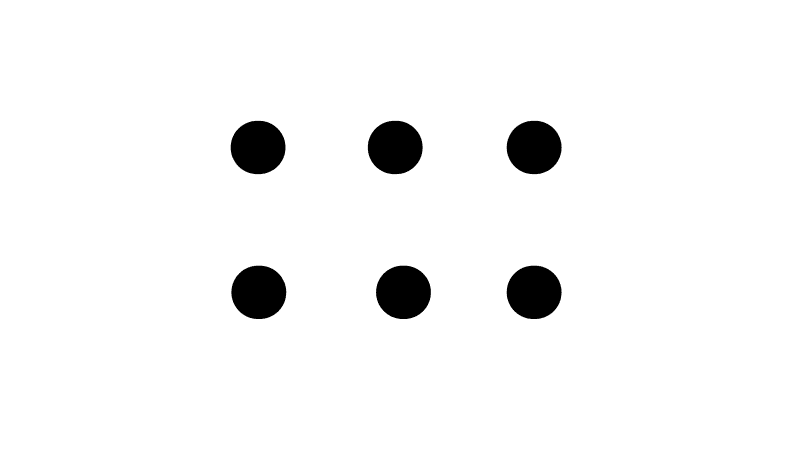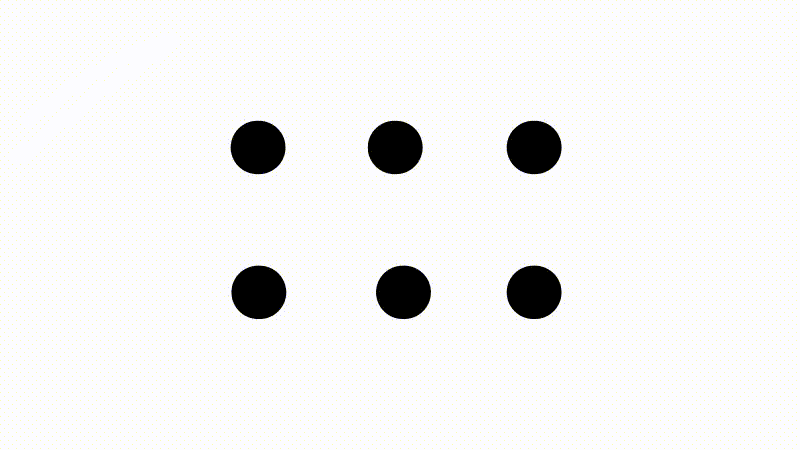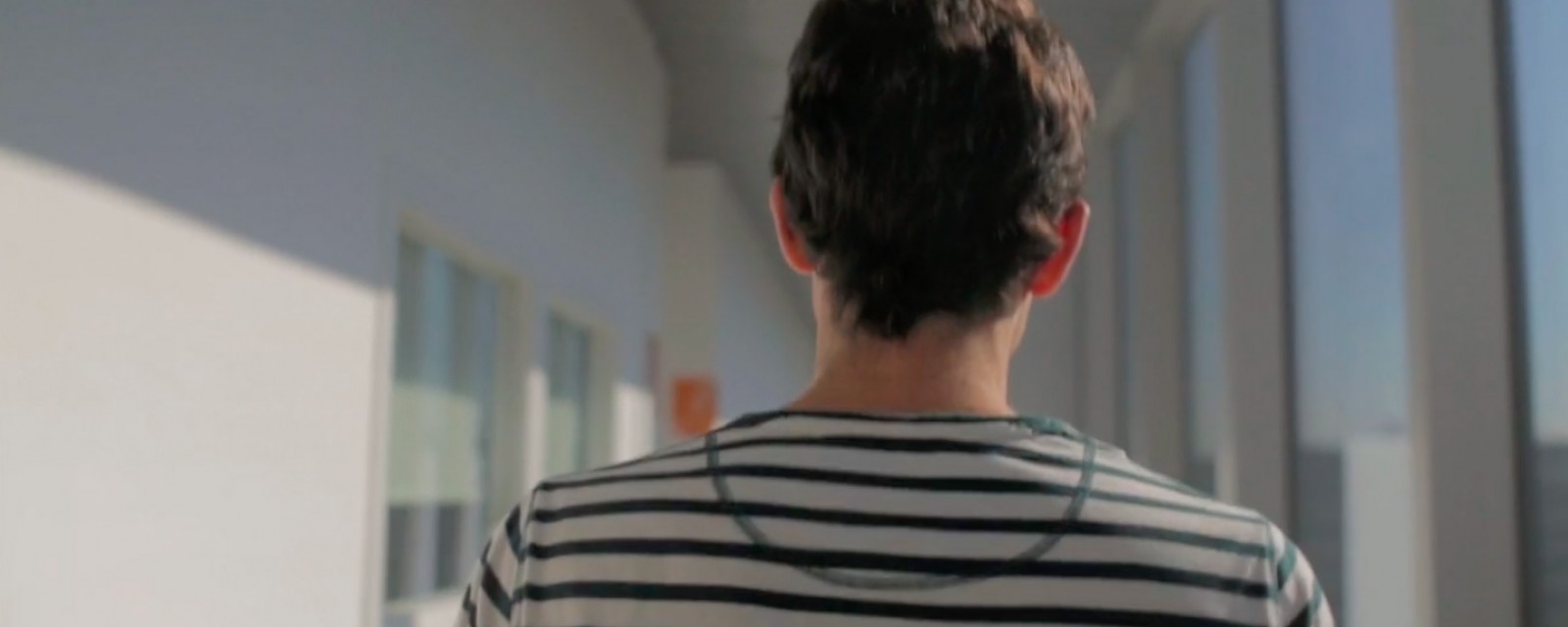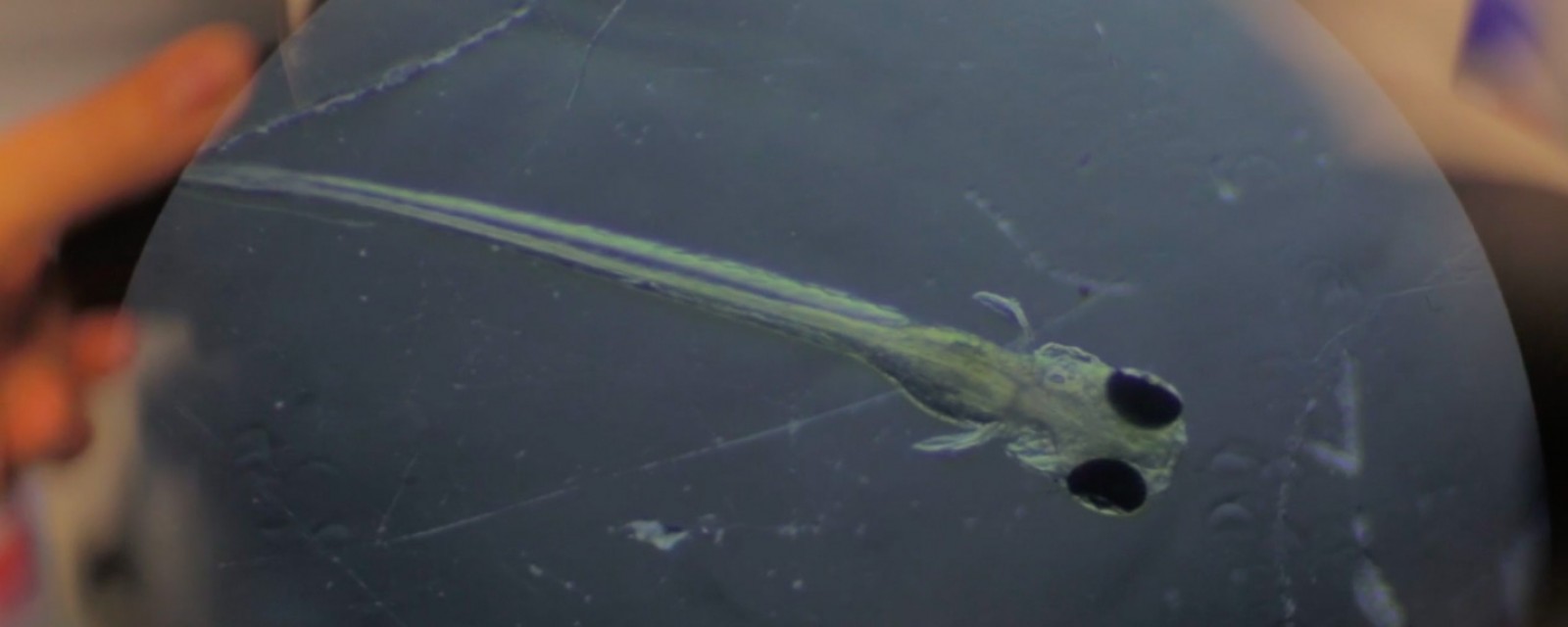





Claire Wyart a obtenu le diplome de l'Ecole Normale Supérieure Ulm en 2000. Elle a fait sa thèse en biophysique et neuroscience à l'Université de Strasbourg sous la direction de Didier Chatenay et Laurent Bourdieu à l'Institut de Physique. En 2005, elle a démarré son postdoctorat à l'Université de Californie à Berkeley avec Noam Sobel et Udi Isacoff. Pendant 5 ans, elle développe de nouvelles techniques pour contrôler l'activité des neurones à distance avec la lumière (optogénétique).
L'équipe de signalisation sensorielle spinale a été montée en 2011 à l'Institut du Cerveau combine désormais génétique, biophysique, physiologie & comportement pour comprendre comment les entrées sensorielles sont intégrées dans la moelle épinière pendant le développement et la locomotion active. Nous avons découvert que des neurones inhibiteurs qui contactent le liquide céphalorachidien étaient mécanocepteurs qui détectent la courbure de la moelle épinière, et qui en retour modulent la locomotion et la posture. Nous utilisons la larve de poisson zèbre pour suivre et manipuler l'activité neuronale pendant le mouvement. Notre but est de comprendre comment les entrées sensorielles sont intégrées pendant la vie pour former et assurer l'homéostasie de la moelle épinière. A partir de notre axe de recherche fondamentale sur le contrôle moteur et l'intéroception, notre but est d'obtenir des résultats qui seront informatifs pour comprendre les mécanismes en jeu chez l'homme.
L'équipe repose sur plusieurs chercheurs et médecins: 1) Dr. Claire Wyart, directrice de recherche DR1 à l'INSERM et cheffe d'équipe, 2) Dr. Feng Quan et Dr. Kevin Fidelin sont des managers de projets qui encadrent des ingénieurs sur des expertise moléculaire/cellulaire (Feng) et physiologie/imagerie/optogénétique (Kevin), 3) Dr. Mathilde Lapoix, médecin en formation entre Lyon et Paris; 4) Dr. Laura Marie-Hardy et Prof. Hugues Pascal Moussellard, chef de service d'orthopédie de l'hôpital Pitié-Salpêtrière et Professeur et practicien hospitalier (PU-PH).


Arousal locomotion is strongly modulated by our inner physiological states. This spontaneous exploratory locomotion reflects the excitability of motor circuits in the spinal cord as well as descending commands from the brain, in particular from the hindbrain. The underlying mechanisms controlling the occurrence of spontaneous locomotion and its natural variability among animals and across physiological states within one animal are not well understood. On one end, we are interested in probing neuromodulatory pathways in the hindbrain and spinal cord for setting the frequency of occurrence of locomotion in the context of circadian rhythm, inflammation and feeding. On the other, we investigate how neuromodulation can influence morphogenesis.
The classical view of spinal cord physiology relies on the fact that motor functions are carried by ventral spinal cord while dorsal spinal cord integrates sensory inputs from the periphery. Up to recently, there was no evidence that the vertebrate spinal cord hosts sensory cells conserved throughout vertebrates. Our team has shown evidence for a central sensory motor loop localized in the spinal cord and modulating circuits underlying locomotion and posture. We have evidence that the morphology and molecular markers of this central sensory system is conserved in the mammalian spinal cord. This axial sensory system modulates locomotion, posture, innate immunity and morphogenesis.
The contribution of mechanosensory feedback to active locomotion and the nature of underlying spinal circuits remain elusive. We investigate how mechanosensory feedback shapes active locomotion in the zebrafish larva. We find that mechanosensory feedback enhances the recruitment of motor pools during active locomotion. We show that inputs from glutamatergic mechanosensory neurons increase locomotor speed by prolonging fast swimming at the expense of slow swimming during stereotyped acoustic escape responses. The interoceptive sensory integration we have discovered is critical throughout life for growing and maintaining a straight body axis. Altogether, our efforts reveal the basic principles and circuit diagram underlying the modulation of movement, posture and morphogenesis by adjusted mechanosensory feedback in the vertebrate spinal cord.

Clothilde a fait ses deux premières années de licence à l'Université de Lille avec une spécialisation en biologie cellulaire. Après une année sabbatique en Australie, elle a intégré le Magistère Européen de Génétique (Université de Paris) pour sa dernière année de licence, suivie de son master. Elle a eu l'opportunité de faire un stage de 4 mois à Porto (Portugal) dans l'équipe de Nuno dos Santos, où elle a appris les techniques de biologie moléculaire. Son intérêt à long terme a toujours été la biologie du développement, mais elle a récemment découvert avec plaisir le monde des neurosciences. Cette année, elle a donc suivi le cours de Pasteur "Développement & Plasticité du Système Nerveux". Elle est heureuse d'intégrer l'équipe pour un stage de 6 mois, dans le cadre de sa dernière année de Master, afin d'étudier les mécanismes moléculaires qui sous-tendent le redressement de l'axe du corps chez l'embryon.


Spinal Sensory Signaling lab
I.C.M., 47 bld de l'hopital
Paris 75013
FRANCE